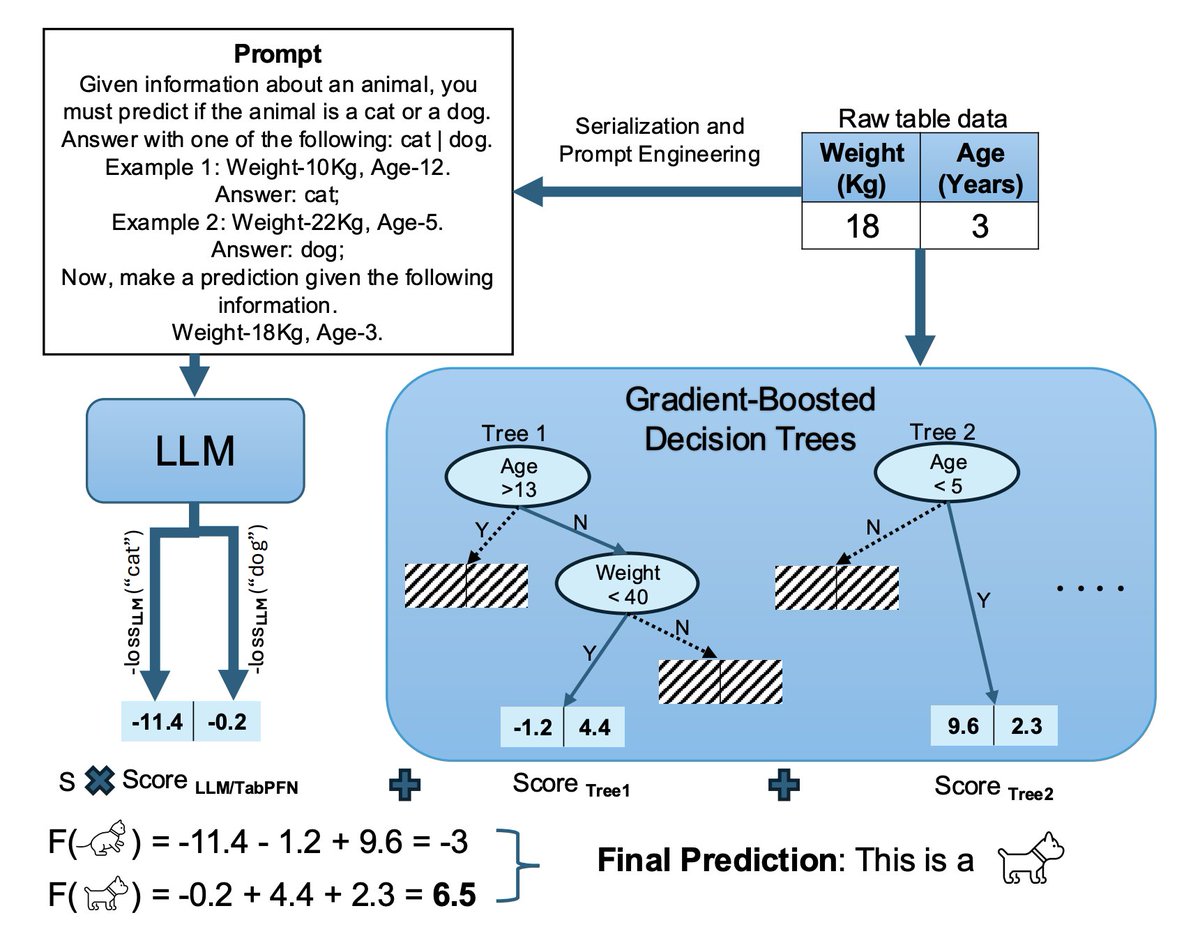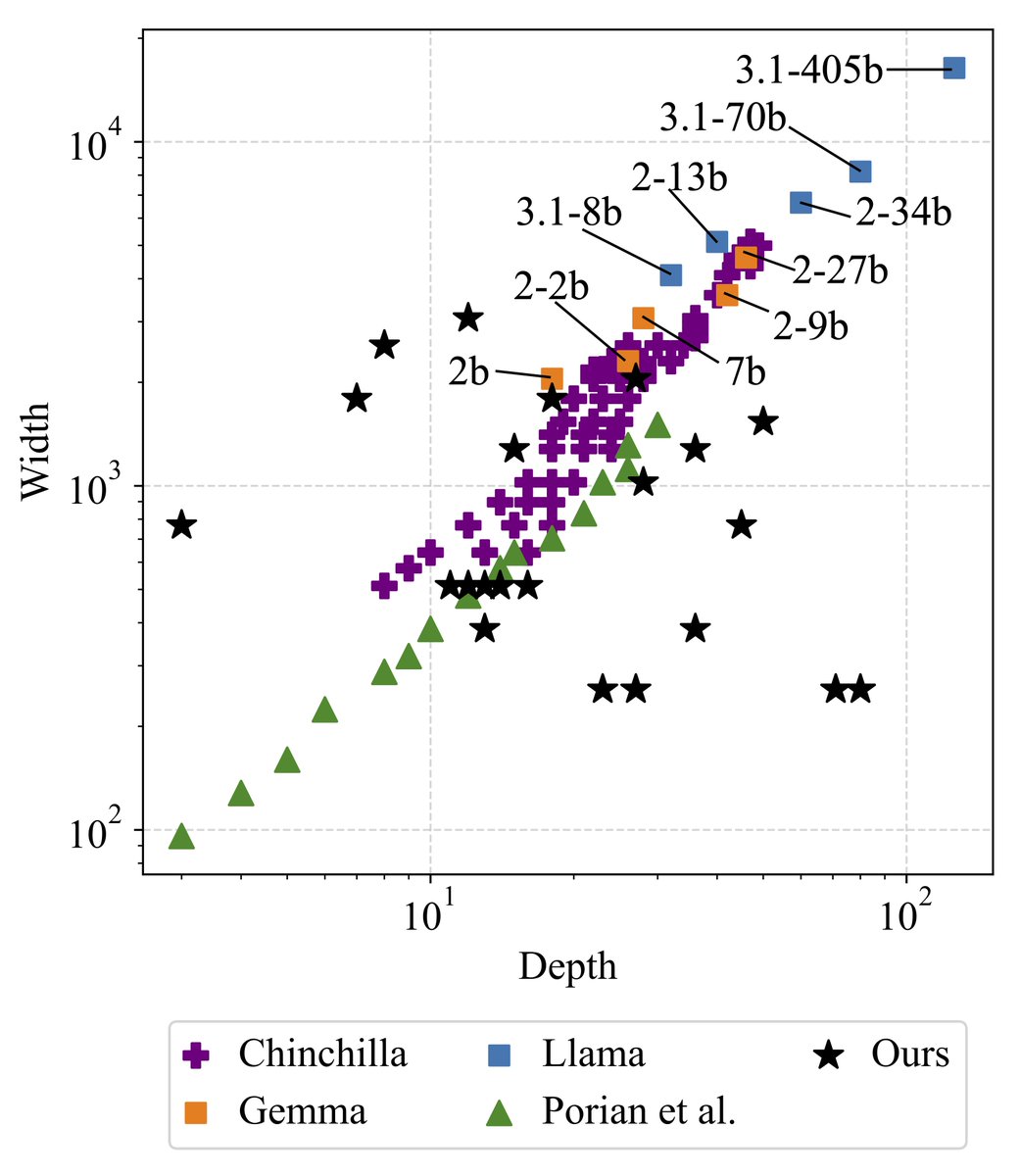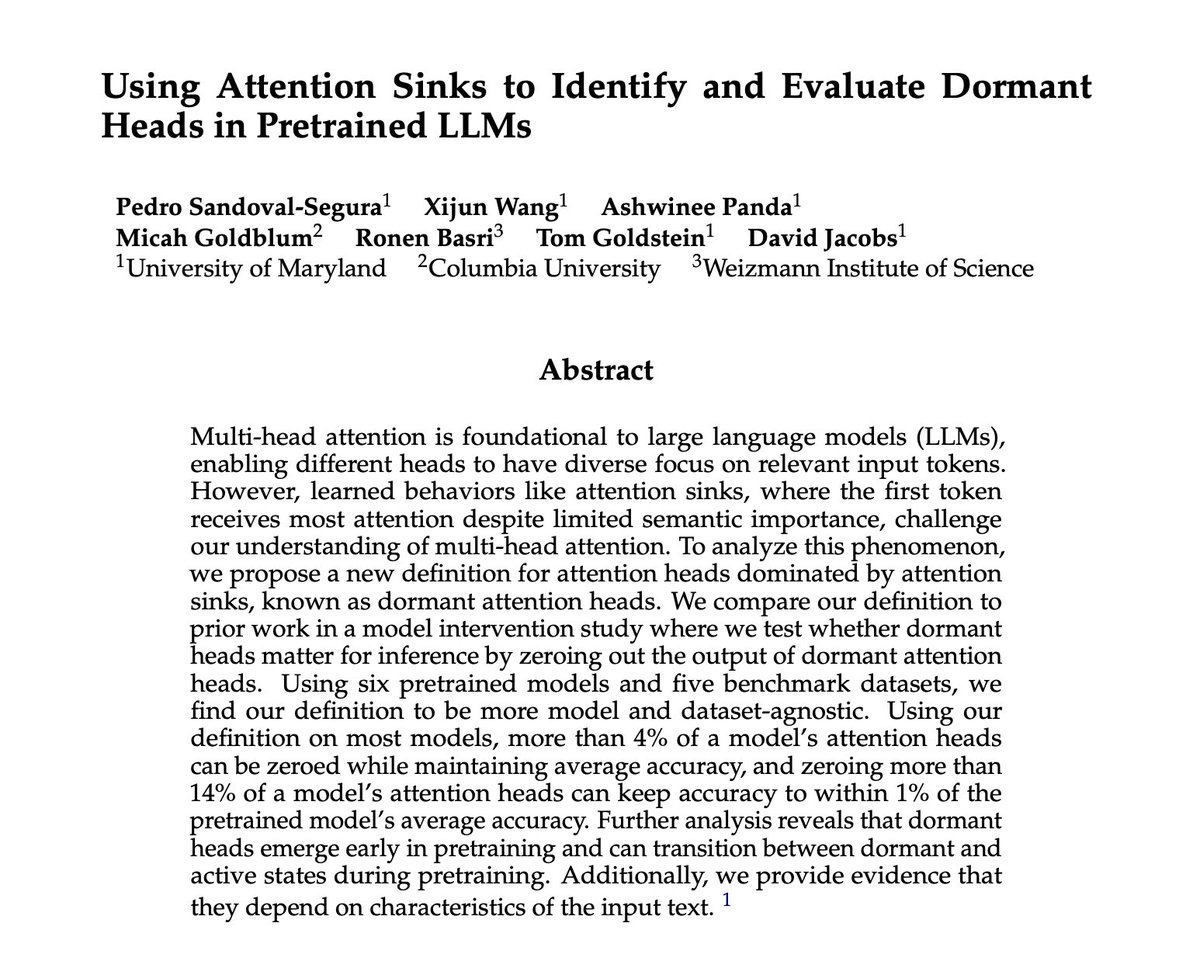
khalid
@k_saifullaah
cs phd student @umdcs. prev: ai research @adobe, @deltanalytics fellow 🇧🇩
ID: 3117611679
https://scholar.google.com/citations?user=NNEbBIQAAAAJ&hl=en 26-03-2015 08:08:54
6,6K Tweet
3,3K Takipçi
1,1K Takip Edilen



















So many things in the run-up to DSPy 3. Here's a first, EXPERIMENTAL one: 🚨We're releasing dspy.GRPO, an online RL optimizer for DSPy programs Your DSPy code as-is can be dspy.GRPO'ed. Yes, even compound multi-module programs. Led by Noah Ziems Lakshya A Agrawal dilara.












